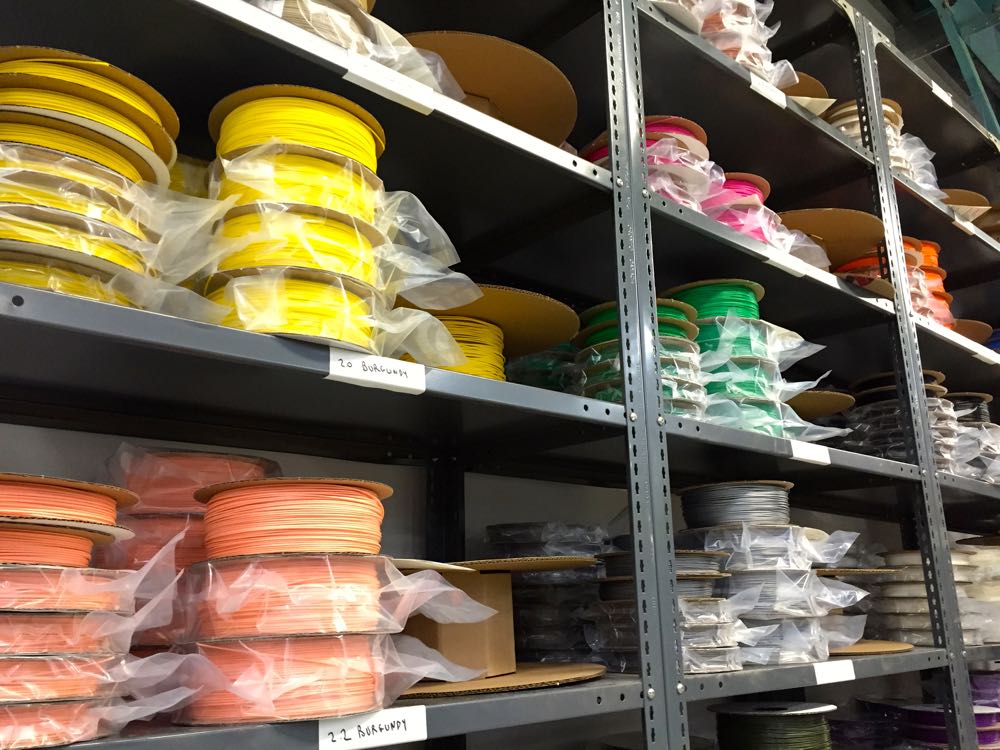
With the rise of desktop 3D printing has come a demand for 3D printing filament to run through them. But who should you buy from?
Years ago there were few sources for 3D printing filament, and the earliest experimenters in desktop 3D printing actually resorted to using plastic “welding wire” as the print material, since it was generally available. However, there were multiple issues with that type of product: diameter and roundness tolerances were not necessarily suitable for 3D printing, and the plastics involved (usually ABS) were not the greatest material for the 3D printers of the day.
But things have changed.
Today we see many companies dedicated to supplying not only the basic desktop 3D printer filaments, but also an increasing swath of so-called exotic filaments.
The first exotics were largely tweaks on the existing PLA filaments, where alternative materials were powdered and mixed in the PLA, such as metals, stone, wood, and even some rather strange materials such as coffee, bamboo and even algae.
Today’s exotic materials are actually engineering materials, such as PEEK, ULTEM, Carbon Fiber and Nylon. And any competent supplier of 3D printer filament will have some combination of the above available on their product shelf.
This market demand has also encouraged plastic manufacturers to turn their attention to producing 3D printer filament. I’ve seen many traditional plastic suppliers now market 3D printer filament. Some are large, like Verbatim, but there are a large number of local and regional suppliers as well.
These manufacturers seek reliable clients to sell their products, and sometimes this creates a problem.
It’s relatively easy to set up a filament shop online by merely contracting with a plastics manufacturer to deliver a large quantity of spools that are then re-sold one by one.
The problem is that some such filament startups may not be aware of the actual quality and usage requirements of today’s 3D printers, which are increasingly picky on the material that’s used in them. To get quality prints, you must use quality materials.
I’ve seen many otherwise good desktop 3D printers fail miserably when using “crap” filament. In one case I had a near-fatal nozzle jam after only five minutes of use of a sample filament. I don’t think this particular vendor is around anymore, but there is a lesson here. Another similar experience is described here.
Do be choosy when selecting a filament provider, as they do differ in several aspects:
- Product quality
- Service
- Price
If you are 3D printing, the most important factor must be Product Quality, as paying for filament that literally doesn’t work is like throwing your money away.
Secondly, you do want good service. There is no sense in ordering products that arrive incorrectly – or sometimes don’t arrive at all.
Your final factor should be price, as the other factors certainly trump price.
From the hundreds of 3D printer filament providers available now, some are absolutely top-class, while others may not meet that level.
What are your experiences with filament providers? Which providers have you found success or failure with recently? Add a comment below to tell us your story.

